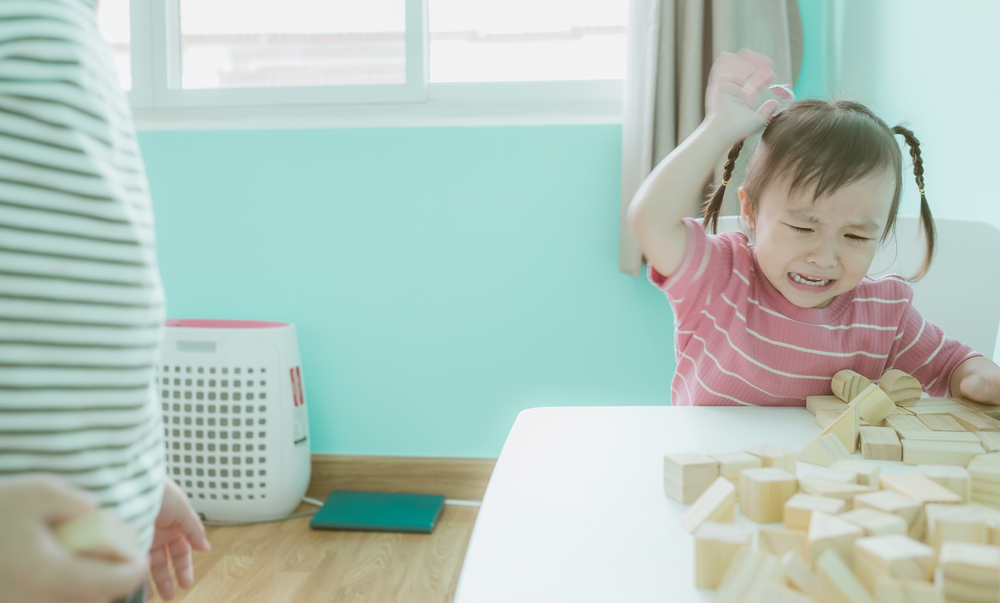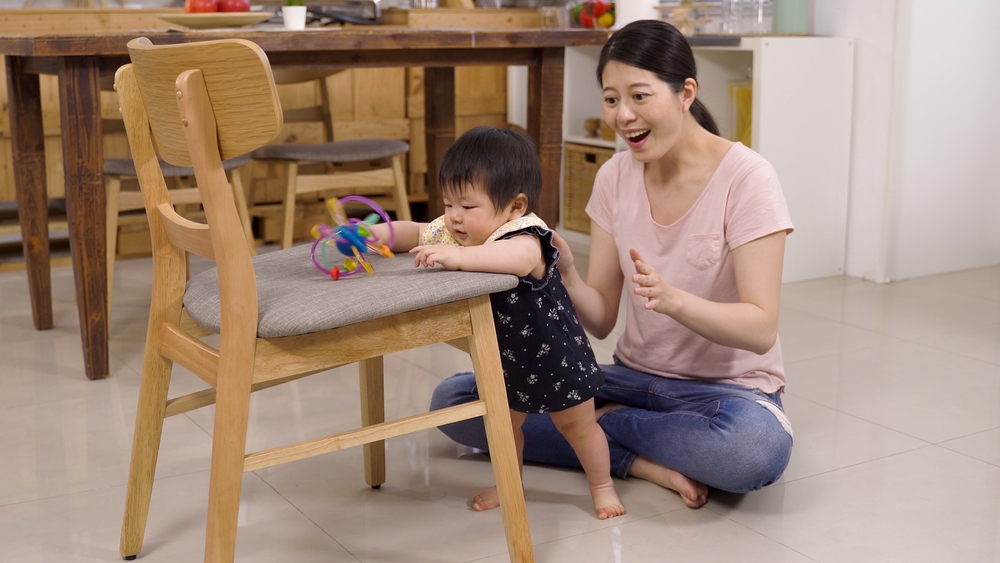Parents Zone
Parents Zone

Firstly, we must understand that it is extremely important for children to be able to express the emotion of anger for their development of autonomy. During early childhood (around two to three years old), the developmental crisis is precisely ‘development of autonomy’ versus ‘shame and doubt’ (Autonomy vs. Shame & Doubt). What we should address is the behavior resulting from the child’s emotions, not to prohibit or even negate the child’s emotions.
Additionally, anger is a common emotion, experienced by both children and parents. When children attempt to express their anger, they often model their parents’ behavior. If parents display anger towards their children, or if there is arguing between parents, children will use these behaviors as important references for developing and controlling their emotions (Bandura, 1977). Arguments between parents, malicious teasing, or even violence can heighten children’s sensitivity to anger and disrupt their normal development (Cummings, Pellegrini, Notarius, & Cummings, 1989). Therefore, for children to have a good temperament, parents must first pay attention to their own ways of interacting.”

What methods can help young
children better control and reduce the intensity of their anger? Berkowitz and
Thompson offer the following suggestions (Berkowitz, 1973; Thompson, 1990):
1.
Ignoring offensive
behaviors: If the behavior is aimed at obtaining a specific object (such as a
toy), parents should not satisfy the child due to their behavior, nor should
they punish them for it; simply not responding may suffice.
2.
Use of a ‘calm down
corner’: Set up a quiet area in the home, free from any stimuli or attractions,
as a space for children to calm down. When a child has an emotional outburst or
behaves inappropriately, they can be sent to this calm down corner. This isn’t
necessarily a form of reprimand but a way to allow the child’s emotions to
settle, similar to the need to use the restroom; it’s a normal requirement. If
used appropriately, when children feel emotional in the future, they might
naturally go to the calm down corner to soothe themselves.
3.
Evoking emotions
incompatible with anger, especially empathy for the victim.
4.
Reducing exposure to
situations or objects that may trigger the child’s anger: Before children have
fully developed self-control, reducing opportunities for anger also means
reducing conflicts between parents and children.
5.
Explaining the
consequences of their behavior.
6.
Examining the causes of
the angry emotions.
(Development Through Life, Barbara M. Newman, Philip R. Newman,
Wadsworth, 2003, pp. 197)
The above strategies can be
tailored to different situations. For instance, if a child acts violently out
of anger, parents can focus on explaining the consequences and evoking empathy
for the victim. If a child is throwing a tantrum to obtain an object, parents
can ignore their negative behavior. Additionally, these strategies can be
combined; for example, after a child has calmed down in the calm down corner,
parents can explain the consequences of their actions. Ultimately, the choice
of strategy should depend on the child’s capabilities; for example, explaining
the consequences in detail to a child who cannot yet speak might only increase
conflict.
Once parents have decided on a
strategy for each situation, the most important aspect is consistency. Simply
put, consistency can be divided into two aspects: firstly, the same behavior
should always result in the same outcome, avoiding a situation where ignoring
is used one time and scolding another, which can confuse the child. Secondly,
every caregiver should use the same approach to reinforce the message that
“this behavior is inappropriate.”









































